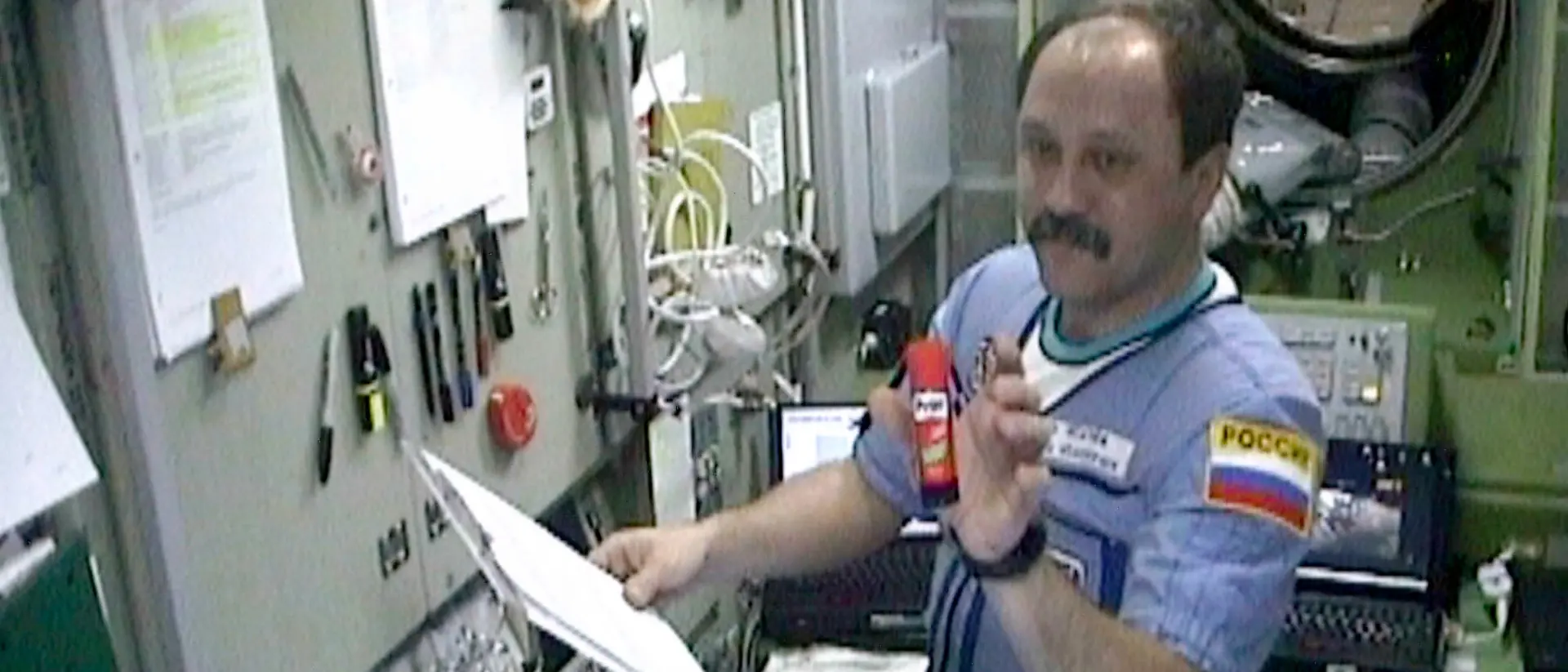Dr. Rita Mohanty, technical expert in adhesives for spacecraft at Henkel, knows the challenges that adhesive solutions need to overcome so they can go into space. For over 25 years, she has worked developing materials, assembly equipment and process solutions for electronics – including components and devices that are used in spacecraft and satellites. As an application engineering expert for thermal management and electronics assembly materials at Henkel, she provides insights into the biggest differences between adhesives made for Earth and for space.
We need to consider several environmental aspects of space when developing new solutions for spacecraft and satellites. The gravitational force in space is very different from Earth, for example. And the adhesive needs to be able to operate in a vacuum, so any adhesive that needs air to activate will not work in space.
Temperatures in space reach extreme highs and lows depending on the distance from the sun – from several hundred degrees Celsius down to hundreds of degrees below freezing. This temperature range is very different from Earth, where the maximum high temperature that was ever recorded was roughly 60 degrees Celsius and the lowest temperature around -90 degrees. That means the adhesives that we develop for space are designed to survive more extreme temperatures than adhesives that are used on Earth.
Radiation is another environmental condition in space that has an impact on how we design adhesives. Radiation has a detrimental effect on people and objects. Spacecraft are exposed to radiation on all sides, so space adhesives must be able to withstand radiation while still achieving excellent performance and reliability. Adhesives also need to be very strong so they can withstand vibrations and high gravitational force during launch and in space. The gravitational force during launch can be up to ten times stronger than it is on Earth.










